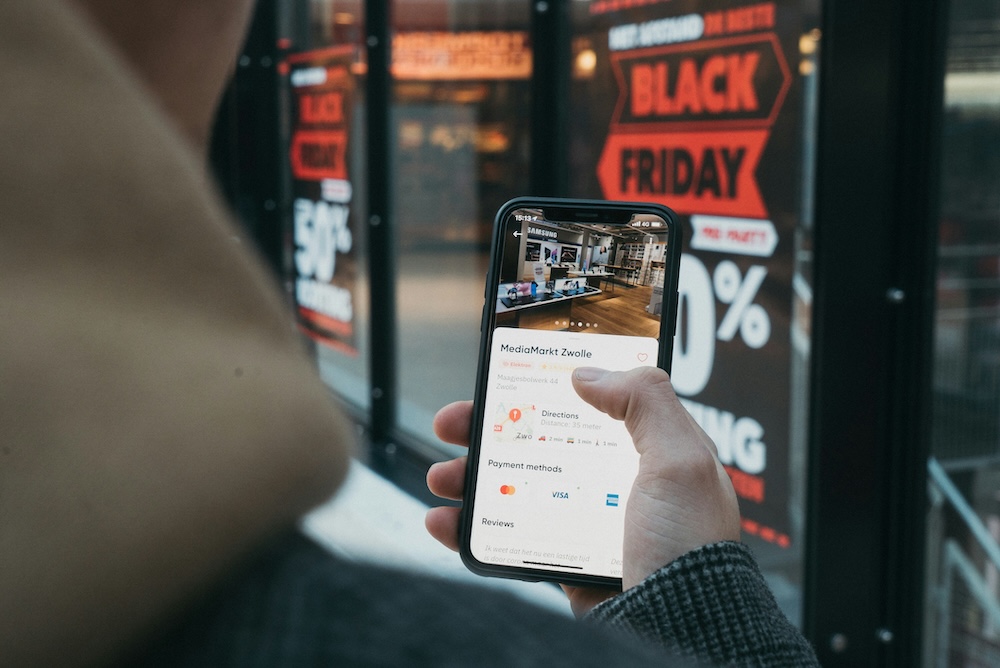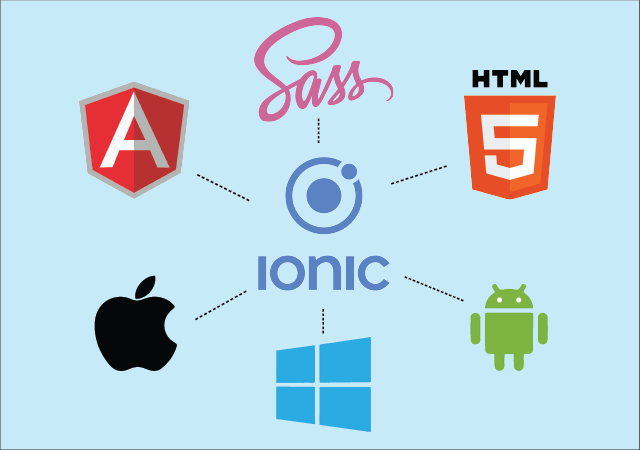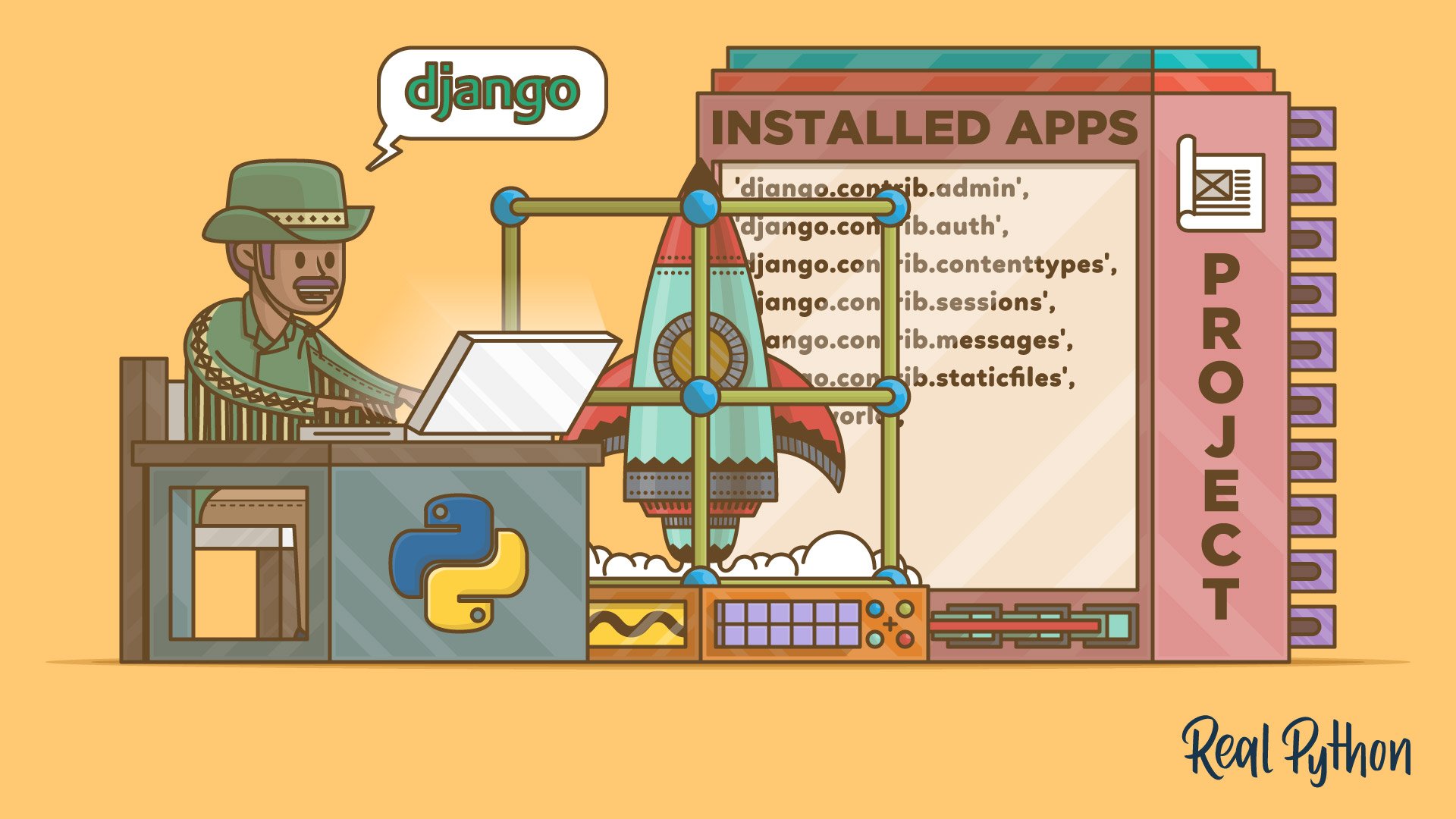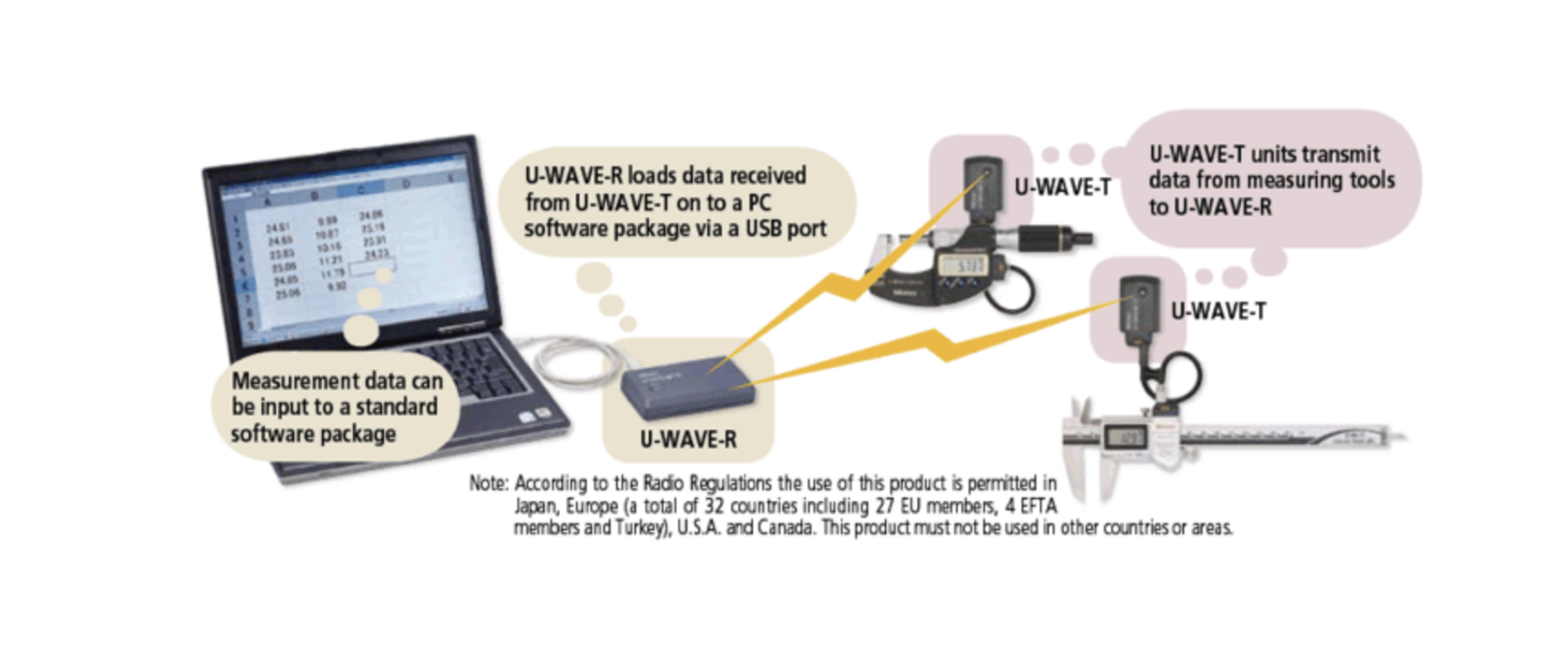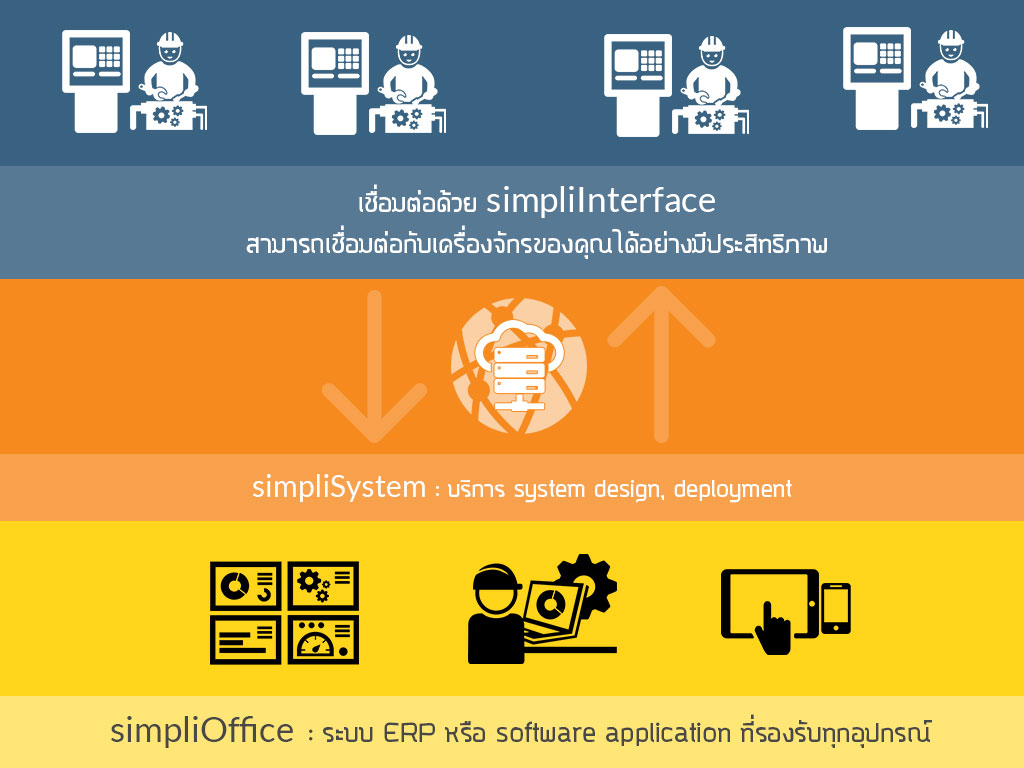How to Automate Industrial Processes with Python and PLC Data
In modern industrial automation, PLC (Programmable Logic Controller) systems are widely used to control and monitor manufacturing processes. However, integrating PLC data with Python-based automation can enhance efficiency, enable predictive maintenance, and optimize workflows.
This guide explains how to use Python to automate industrial processes by reading, analyzing, and acting on PLC data.
Workflow Overview
The following workflow describes the automation process:
flowchart TD;
A[Connect to PLC] -->|Modbus/OPC UA| B[Read PLC Data];
B --> C[Analyze Data];
C -->|Trigger Alerts| D[Send Notifications];
C -->|Adjust Settings| E[Write to PLC];
C -->|Log Data| F[Store in Database];
F --> G[Visualize Data];
G --> H[Generate Reports];
D --> I[Remote Monitoring];
E --> I;
H --> I;Step 1: Connecting Python to Your PLC System
Option 1: Using Modbus for PLC Communication
Many PLCs support Modbus (TCP/RTU) for data exchange. Python’s pymodbus library can be used to read and write data to a PLC.
from pymodbus.client.sync import ModbusTcpClient
# Connect to PLC
client = ModbusTcpClient('192.168.1.10', port=502)
client.connect()
# Read data from register 100
response = client.read_holding_registers(100, count=1, unit=1)
print("PLC Value:", response.registers[0])
client.close()Option 2: Using OPC UA for More Advanced PLC Integration
For advanced industrial automation, OPC UA is a preferred standard. Python's opcua library helps retrieve real-time data from PLCs.
from opcua import Client
client = Client("opc.tcp://192.168.1.20:4840")
client.connect()
# Read sensor value from PLC
node = client.get_node("ns=2;s=TemperatureSensor")
value = node.get_value()
print("Temperature:", value)
client.disconnect()Step 2: Automating Responses Based on PLC Data
Once data is collected, Python can analyze and trigger automated actions such as machine adjustments, alerts, or process optimizations.
Example: Sending Alerts for High Temperature
threshold_temp = 80 # Set temperature threshold
if value > threshold_temp:
print(f"⚠️ ALERT: High temperature detected ({value}°C)")
# Send email notification or activate cooling systemExample: Automatically Adjusting PLC Settings
Python can write data back to the PLC for automated process control.
new_setpoint = 50 # Adjust a process parameter
client.write_register(200, new_setpoint, unit=1) # Writing to register 200Step 3: Visualizing and Logging Data for Better Monitoring
1. Real-Time Data Visualization with Matplotlib
import matplotlib.pyplot as plt
import time
temperatures = []
timestamps = []
for _ in range(10): # Collect 10 data points
value = node.get_value()
temperatures.append(value)
timestamps.append(time.strftime('%H:%M:%S'))
time.sleep(2) # Sample every 2 seconds
plt.plot(timestamps, temperatures, marker='o')
plt.xlabel('Time')
plt.ylabel('Temperature (°C)')
plt.title('Real-Time PLC Temperature Data')
plt.show()2. Storing PLC Data in a Database for Future Analysis
import pymysql
conn = pymysql.connect(host='localhost', user='root', password='password', database='plc_data')
cursor = conn.cursor()
# Insert new temperature data
sql = "INSERT INTO sensor_logs (timestamp, temperature) VALUES (NOW(), %s)"
cursor.execute(sql, (value,))
conn.commit()
conn.close()Step 4: Automating Scheduled Tasks for PLC Data Processing
To automate tasks like data collection, alerts, or system adjustments, use the schedule library.
import schedule
def check_temperature():
value = node.get_value()
print("Checking temperature:", value)
if value > threshold_temp:
print("⚠️ High temperature detected!")
schedule.every(10).seconds.do(check_temperature) # Run every 10 seconds
while True:
schedule.run_pending()Step 5: Integrating Python with Industrial Robotics & IoT
1. Controlling a Robotic Arm Based on PLC Input
If a PLC detects a defective product, Python can trigger a robotic arm to remove it using libraries like pySerial.
import serial
robot = serial.Serial('/dev/ttyUSB0', 9600)
robot.write(b'MOVE_ARM_DISCARD\n') # Send command to robotic arm2. Sending PLC Data to the Cloud for Remote Monitoring
To enable remote monitoring, send PLC data to an IoT platform like AWS, Google Cloud, or Azure IoT.
import paho.mqtt.client as mqtt
client = mqtt.Client()
client.connect("mqtt.broker.com", 1883, 60)
client.publish("plc/temperature", value)Conclusion
By integrating Python with PLC data, industrial processes can be automated, monitored, and optimized in real time.
This guide covered:
✅ Connecting Python to PLCs using Modbus and OPC UA
✅ Automating alerts and machine adjustments
✅ Visualizing PLC data in real time
✅ Logging data into a database for future analysis
✅ Integrating Python with robotics and IoT
🚀 Start automating your industrial workflows today with Python and PLCs!
Get in Touch with us
Related Posts
- SimpliPOSFlex. 面向真实作业现场的 POS 系统(中国市场版)
- SimpliPOSFlex. The POS Designed for Businesses Where Reality Matters
- 经典编程思维 —— 向 Kernighan & Pike 学习
- Classic Programming Thinking: What We Still Learn from Kernighan & Pike
- 在开始写代码之前:我们一定会先问客户的 5 个问题
- Before Writing Code: The 5 Questions We Always Ask Our Clients
- 为什么“能赚钱的系统”未必拥有真正的价值
- Why Profitable Systems Can Still Have No Real Value
- 她的世界
- Her World
- Temporal × 本地大模型 × Robot Framework 面向中国企业的可靠业务自动化架构实践
- Building Reliable Office Automation with Temporal, Local LLMs, and Robot Framework
- RPA + AI: 为什么没有“智能”的自动化一定失败, 而没有“治理”的智能同样不可落地
- RPA + AI: Why Automation Fails Without Intelligence — and Intelligence Fails Without Control
- Simulating Border Conflict and Proxy War
- 先解决“检索与访问”问题 重塑高校图书馆战略价值的最快路径
- Fix Discovery & Access First: The Fastest Way to Restore the University Library’s Strategic Value
- 我们正在开发一个连接工厂与再生资源企业的废料交易平台
- We’re Building a Better Way for Factories and Recyclers to Trade Scrap
- 如何使用 Python 开发 MES(制造执行系统) —— 面向中国制造企业的实用指南



